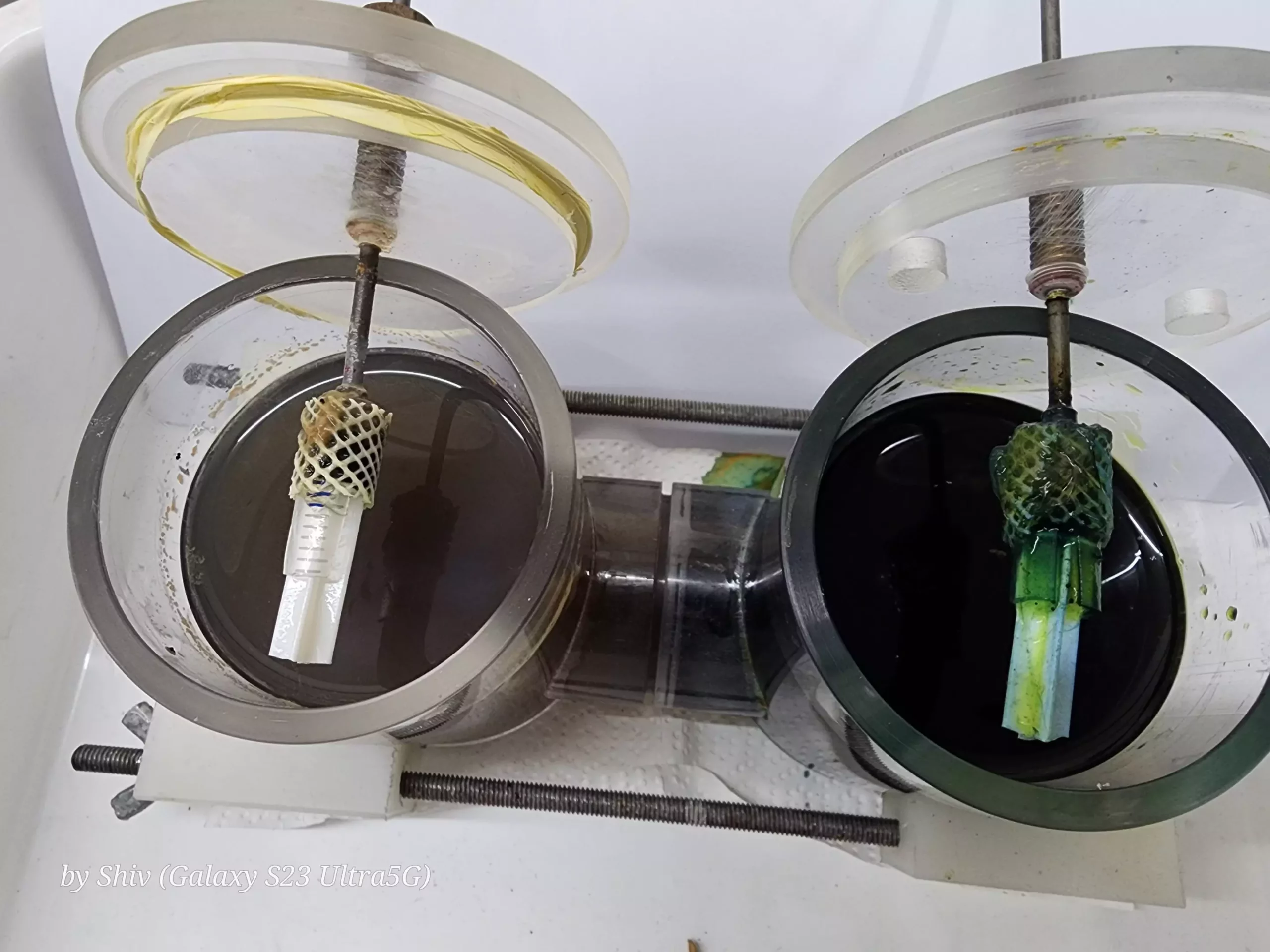In our quest for sustainable energy solutions, we often overlook the potential of waste—not as a burden to be disposed of, but rather as a Goldmine for energy generation. As we stand at this pivotal moment in environmental innovation, microbial fuel cells (MFCs) emerge as a transformative technology that promises to tackle both energy scarcity and waste management. Recent research, particularly that published in the Chemical Engineering Journal, sheds light on an exciting enhancement in MFC technology that combines efficiency with ecological responsibility.
MFCs utilize the metabolic processes of microorganisms to convert organic materials into electricity. These bioelectrochemical systems function by harnessing the natural activities of bacteria, often sourced from wastewater. The principle is simple: while breaking down waste, these microorganisms transfer electrons, effectively generating electrical power. The implications are profound—this dual functionality positions MFCs as a sustainable alternative to traditional energy generation and wastewater treatment methods.
Recent advances have seen the introduction of spherical capacitive NiO-N-CNF/ACB electrodes, which represent a significant leap in MFC performance. This new electrode configuration leverages the inherent properties of nickel oxide and carbon nanofibers, heightening their interaction with the microbial biofilms that form on the electrodes. As these microorganisms proliferate, they create a more robust environment conducive to enhanced electric charge transfer and energy generation.
The introduction of the NiO-N-CNF/ACB electrodes has yielded impressive results. With an open-circuit potential (OCP) noted at 0.8 V and a staggering power density reaching 2,900 mW per cubic meter, this technological leap showcases a noteworthy development in our ability to generate power from waste. These numbers, while technical, signify a meaningful achievement: the efficient conversion of waste into usable electricity.
The significance of these outcomes lies not only in the volume of power generated but also in the method’s sustainability. The electrodes facilitate a thick layer of biofilm composed of electroactive bacteria, exponentially increasing electron capture. Such effective collaborations within the system lead to substantial reductions in chemical oxygen demand (COD)—a measure of organic contaminants—demonstrating an impressive 74% reduction.
The effectiveness of the NiO-N-CNF/ACB electrodes stems from their unique composition and structure. Developed through a process known as suspension polymerization, these electrodes feature a fixed-packed bed design that maximizes surface area. Enhanced surface area translates to more catalytic sites for interacting bacteria, facilitating an electrochemical double layer that significantly boosts power generation capabilities.
The role of nickel oxide is critical within this structure. It interacts seamlessly with the graphitic carbon nanofibers, streamlining the electron transfer process from the wastewater to the anode. This synergy not only improves efficiency but also supports the biocompatibility of the electrodes, ensuring they can easily integrate with and sustain the natural bacterial communities present in wastewater.
What makes MFCs particularly compelling is their ability to address two pressing issues simultaneously: energy generation and wastewater treatment. The reduction in COD associated with the use of NiO-N-CNF/ACB electrodes demonstrates their potential to purify wastewater while providing a renewable source of energy. For communities grappling with water quality issues, this presents a dual benefit, ensuring cleaner water while generating electricity.
The findings have sparked interest in how MFC technology can reshape wastewater treatment plants (WTPs) from power-intensive operations into self-sustaining energy generators. By integrating MFC technology, these facilities could mitigate energy costs and contribute positively to their surrounding environments.
As we push the boundaries of MFC technology, the implications for future energy systems are substantial. The scalable nature of NiO-N-CNF/ACB electrodes opens pathways for their application beyond traditional settings. Envision a landscape where wastewater treatment facilities are reimagined as renewable energy hubs. They could, in theory, generate enough electricity not only to support their operations but also to contribute surplus energy to local grids.
Moreover, ongoing research into optimizing materials and fostering better biofilm growth positions this technology for further advancements. The understanding of specific bacteria—such as Raoultella ornithinolytica and Pseudomonas aeruginosa—further enriches the potential of MFCs, hinting at future enhancements in their efficiency and efficacy.
The journey toward a sustainable energy paradigm requires innovative approaches to traditional problems. Microbial fuel cells represent a significant step forward, redefining waste as a resource rather than just an environmental burden. The pioneering work on NiO-N-CNF/ACB electrodes symbolizes hope not just for cleaner water but for a future where energy is generated in harmony with nature.
As we strive toward a future rooted in sustainability, embracing technologies like MFCs becomes paramount. By continuing to explore and refine these systems, we edge closer to a reality where waste is not merely discarded but utilized to power our lives, ensuring a greener, more sustainable world for future generations.


Leave a Reply